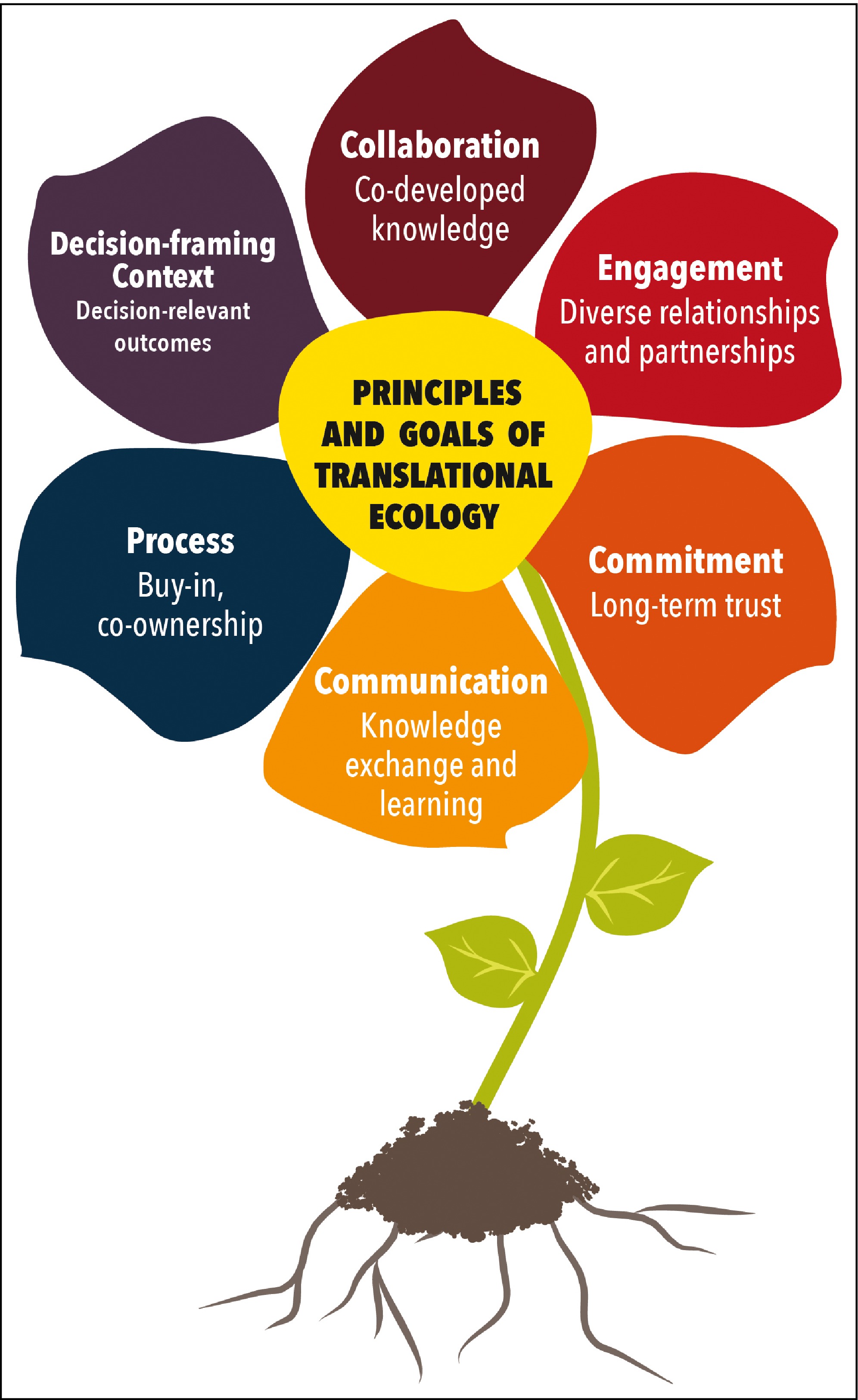Figure for Thought: How Translational Ecology Can Help Science Make a Difference
 You’d be hard pressed to find an ecologist that doesn’t want their science to matter in environmental decision-making. But despite noble intentions, the science-to-policy knowledge exchange has a tendency to stumble down a one-way, dead-end street – where, often, scientists drive the research and decision-makers are left on the side of the road, wondering how the results will be relevant.
You’d be hard pressed to find an ecologist that doesn’t want their science to matter in environmental decision-making. But despite noble intentions, the science-to-policy knowledge exchange has a tendency to stumble down a one-way, dead-end street – where, often, scientists drive the research and decision-makers are left on the side of the road, wondering how the results will be relevant.
This dilemma was at the heart of one NCEAS working group’s exploration of translational ecology, an emerging model for linking ecological knowledge and decision-making more effectively. Distinct from applied ecology, translational ecology involves science-practitioner partnerships based on trust, a commitment to real-world outcomes, and a mutual relationship that lasts through the knowledge-to-action process.
The major fruit of their work is the recent special issue of Frontiers in Ecology and the Environment, which dove deep into the framework of translational ecology and how it can facilitate science-based solutions to environmental challenges. For this month’s Figure for Thought, Carolyn Enquist, lead author of the issue’s introductory paper and deputy director of the U.S. Department of the Interior’s Southwest Climate Science Center, relays the nutshell version of their main message:
“The main thrust of our paper is to highlight an approach for doing ecological science that, we argue, is truly actionable. In other words, this approach increases the chances that the science will inform and improve decision-making for environmental conservation and management, particularly in the face of rapid global change.
Translational ecology is comprised of six key principles, each of which has an associated goal. To effectively practice it, we need to embrace a suite of characteristics and behaviors that are associated with this set of principles and goals. This is more than clear and careful speech or wanting to do the right thing, but includes speaking a common language and understanding the motivation and context for real-world decision-making.
We sincerely hope this paper, and the special issue overall, helps inspire a new generation of translational ecologists. At the very least, we hope this collection of papers will cultivate a conversation about the topic and catalyze next steps in the development and practice of translational ecology.”
Figure citation: Frontiers in Ecology and the Environment Volume 15, Issue 10, pages 541-550, 1 DEC 2017 DOI: 10.1002/fee.1733
Figure for Thought features thought-provoking figures from NCEAS-supported publications with a brief explanation from the lead author.
